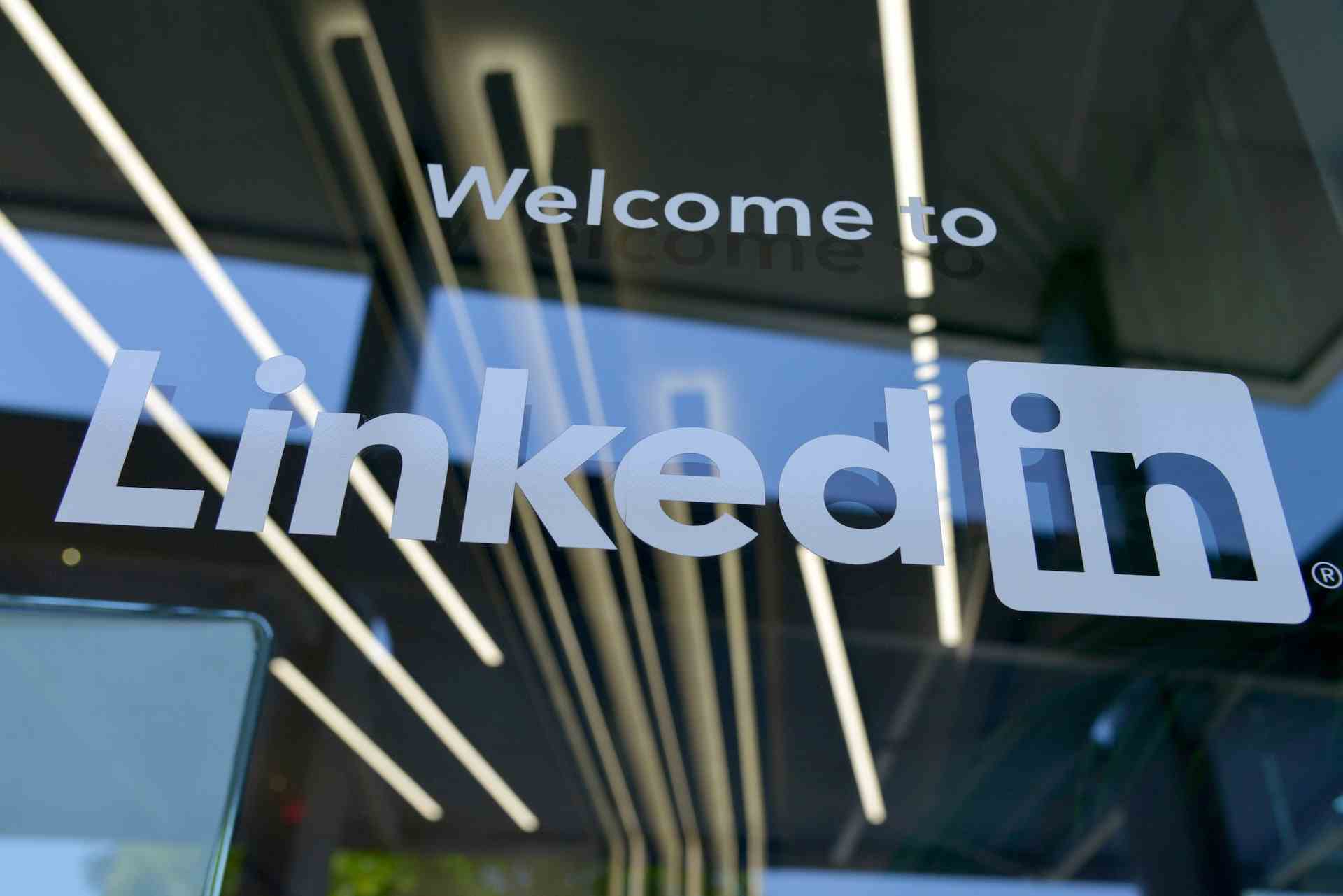What is e-recruiting?
Definition
E-recruiting (electronic recruiting) refers to the digitally supported process of personnel recruitment. This includes the distribution of job advertisements on suitable platforms, and efficient applicant management with the help of professional recruiting software solutions.
According to a Statista survey on recruitment channels, 61% of the executives surveyed in the DACH region used online job exchanges and 54% also used their own career site to distribute job advertisements online. Where the necessary digital competence is still lacking, the search for talent is often outsourced (32%). A total of 27% still resort to print media. Yet e-recruiting is simple and incredibly effective.
Why e-recruiting?
The modern job search takes place almost exclusively online with the help of common search algorithms. Potential candidates prefer to search for jobs quickly, efficiently and almost exclusively via smartphone and tablet. By using digital e-hiring, companies are adapting to the current demands of young talent, making it possible to apply quickly and efficiently with just a few clicks.
The use of e-hiring also pays off for companies in terms of processes and cost optimisation. It streamlines administrative work, increases reach and visibility, saves money and effectively supports them in recruiting.
How does e-recruiting work?
With e-recruiting, job advertisements are placed on suitable online job platforms aimed at the desired target groups. The application is sent to the potential employer either by e-mail or – even better – by document upload using the dedicated platform. This makes the application process barrier-free, time-saving and altogether much more attractive to applicants.
When an application is submitted the ATS tool, or similar e-recruiting software, centrally collects the applications sent in, confirms their receipt, creates applicant profiles, and significantly simplifies the evaluation of the applications. Unsuitable candidates can usually be sent an automatic rejection email with just a few clicks after the suitable candidate selection.
Common channels of digital recruiting
Some of the most common channels for e-recruiting are:
Ideally, all the above-mentioned channels are served simultaneously in order to achieve the highest possible reach.
Advantages of e-recruiting
Thanks to its many advantages, there is much to be said for e-recruitment, including:
- Automation of recurring tasks
E-recruiting software relieves companies of many repetitive tasks through automation. That could include multi-posting across different platforms of new job advertisements, sending confirmations of receipt, or rejection emails to applicants.
- Winning the battle for talent
Analogue recruiting requires a lot of time—and that is precisely what neither seekers nor potential employers have. If the application process takes too long, potential employees will sign an employment contract with the competition in the meantime.
Electronic recruiting shortens the response time and ensures that the vacancy is filled quickly with the desired candidates.
- Sustainability
The outdated principle of physical application folders is not very environmentally friendly. The younger generation will especially have an issue working for a company that does not value sustainability.
- Create your own talent pool
The data submitted by applicants creates a virtual profile that can be viewed at any time. With every job advertisement, companies gain new profiles and thus gradually acquire their own talent pool, which can be useful for cultivating relationships and, in the future, for filling similar vacancies.
- Future-oriented image
Young talents, in particular, want to see that your company is following the trends of the future. This starts with the application process. Those who do not keep up with the times here are quickly punished with a rusty and outdated image, which makes the future prospects in the company look rather bad for young professionals.
Changing requirements in e-recruiting
With the digitalisation of the application process, there are also new requirements for writing job advertisements and communicating with applicants. Instead of presenting the company and its achievements in a distanced ‘you’ tone, the modern job ad focuses on giving talents the opportunity to ‘feel’ their way into everyday work in a company.
In addition, the job advertisement must be kept gender-neutral and should be oriented towards the interests of the applicant target group, similar to a good marketing text.
For more valuable information, important must-dos in the hiring process and useful tips on how companies can increase their hiring success, visit our Knowledge Hub.


